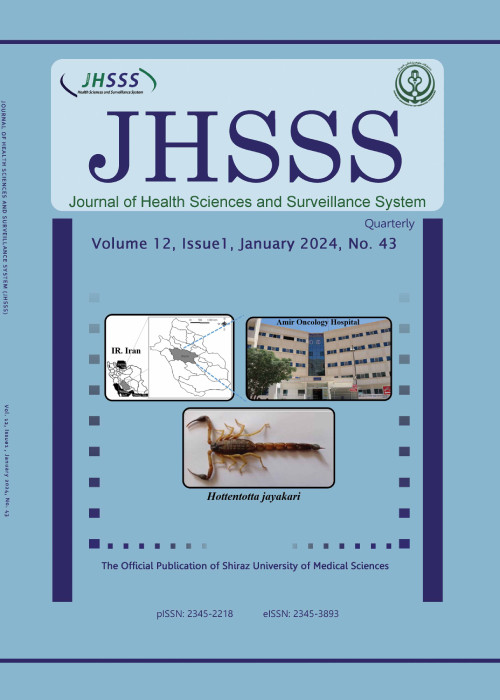Time Series Analysis on the Appropriate Time for Malaria Residual Spraying Based on Anopheles abundance, Temperature, and Precipitation between 2009-2016 in Kazerun, South of Iran
Malaria is one of the most important vector-borne diseases, a major health problem, and a serious cause of mortality around the world. Indoor Residual Spraying (IRS) together with insecticide-treated nets is among the primary methods used for controlling and reducing the burden of malaria. The present study aimed to determine the appropriate time for malaria management based on entomology, vector abundance, temperature, and precipitation data.
The study data were collected using the entomological data existing in Kazerun’s health and treatment network and weather station between 2009 - 2016. The data were analyzed via time series models with monthly time intervals, which included 96 months. The following models were applied: Autoregressive Moving Average (ARMA), Moving Average (MA), Autoregressive (AR), and Autoregressive Integrated Moving Average (ARIMA). Indeed, kriging approach was employed for interpolation of temperature and precipitation in the study points. All analyses were done using Information Technology Service Management (ITSM) software.
Temperature followed a similar trend in the six villages under investigation. It was predicted up to 20 months after the observations using MAmodel. Accordingly, the mean of temperature was 30 °C.The trend of precipitation showed great fluctuations; thus, the results of the precipitation model were not accredited. The trend of Anopheles abundance was predicted using ARMA in Jahad- Abad, Hakimbashi, Seyed Hossein, and Dadin and using ARMA in Khesht and Jareh. According to the results, Anopheles abundance followed a descending trend in the study regions. Considering the temperature trend and peak of Anopheles abundance in the areas under investigation, the best time for residual spraying was two weeks prior to the peak of Anopheles abundance within the temperature range of 25-30 °C.
Considering entomology and temperature data, two weeks prior to the peak of Anopheles abundance within the temperature range of 25-30°C was found to be the best time for residual spraying in order to prevent and control malaria. Other preventive and control measures, such as active case detection, timely treatment of patients, and public education should also be intensified at this time.
- حق عضویت دریافتی صرف حمایت از نشریات عضو و نگهداری، تکمیل و توسعه مگیران میشود.
- پرداخت حق اشتراک و دانلود مقالات اجازه بازنشر آن در سایر رسانههای چاپی و دیجیتال را به کاربر نمیدهد.


